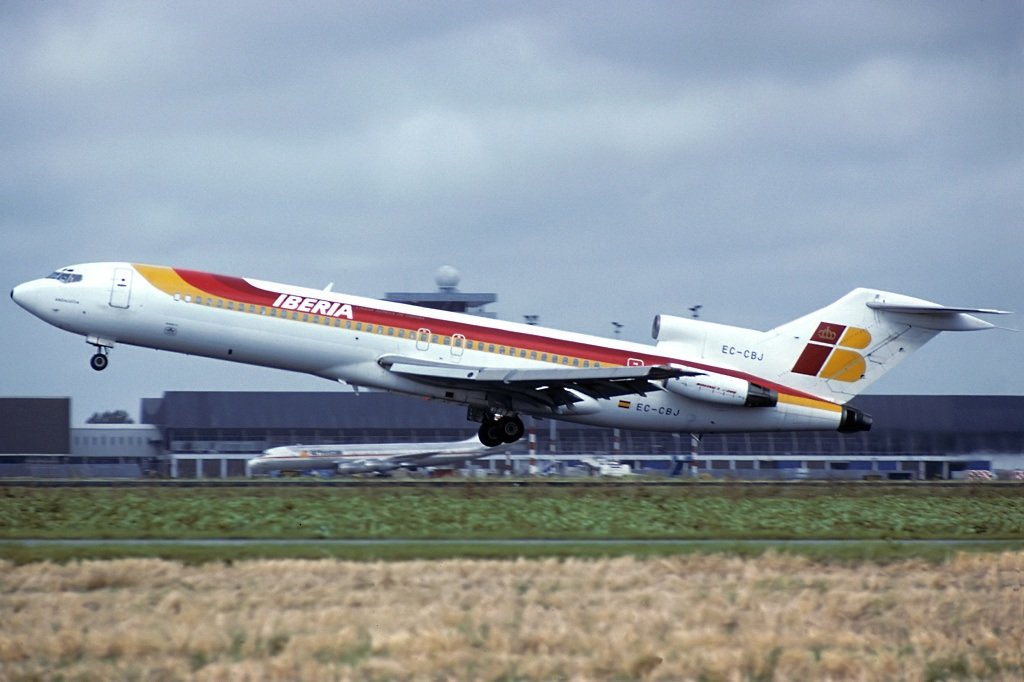On February 19, 1985, tragedy struck when Iberia Airlines Flight 610 crashed into Mount Oiz in Spain. This devastating event claimed the lives of all 148 passengers and crew members on board the Boeing 727, which was en route from Madrid to Bilbao. The crash was a result of a combination of factors, including foggy conditions and navigational errors.
The flight took off from Madrid-Barajas Airport on a seemingly routine journey to Bilbao. However, as the aircraft approached its destination, it encountered thick fog, severely limiting visibility for the pilots. The foggy conditions, combined with errors in navigation, led to a fatal misjudgment that ultimately caused the plane to crash into the mountainside.
The investigation into the crash revealed several contributing factors. One key factor was the lack of advanced navigation technology available at the time. The pilots heavily relied on traditional navigational aids, such as radio beacons and ground-based radar systems, which proved to be insufficient in the challenging weather conditions. This tragic event served as a wake-up call for the aviation industry to invest in more advanced navigation systems.
In the aftermath of the crash, significant efforts were made to improve aviation safety protocols and navigation technology. The incident prompted a thorough review of flight procedures and training programs for pilots, with an emphasis on enhancing their ability to navigate in adverse weather conditions. Additionally, the crash highlighted the importance of developing and implementing more sophisticated navigation systems, such as GPS, to provide accurate and reliable information to pilots.
The Iberia Airlines Flight 610 crash also had a profound impact on the families of the victims and the aviation community as a whole. It served as a stark reminder of the inherent risks associated with air travel and the need for constant vigilance in ensuring the safety of passengers and crew members. The tragedy prompted a renewed commitment to improving aviation safety standards and preventing similar accidents in the future.
Today, thanks to advancements in technology and the lessons learned from past disasters like the Iberia Airlines Flight 610 crash, air travel has become significantly safer. Navigation systems have evolved, providing pilots with real-time data and precise information to navigate through challenging weather conditions. Improved training programs and stricter safety regulations have also played a crucial role in reducing the likelihood of accidents.
While the Iberia Airlines Flight 610 crash remains a heartbreaking event in aviation history, it has undoubtedly led to positive changes in the industry. The lessons learned from this tragedy continue to shape aviation safety practices and serve as a reminder of the importance of constant improvement and innovation.
In conclusion, the crash of Iberia Airlines Flight 610 on February 19, 1985, was a tragic event that claimed the lives of all passengers and crew on board. It highlighted the need for improved navigation technology and safety protocols in the aviation industry. The lessons learned from this disaster have contributed to significant advancements in air travel safety, ensuring that such accidents are less likely to occur in the future.
SEO Excerpt:
The crash of Iberia Airlines Flight 610 in 1985 remains one of the deadliest aviation disasters in Spanish history. This article explores the causes of the crash, the impact it had on aviation safety, and the improvements made in navigation technology and safety protocols as a result. Learn how this tragic event shaped the future of air travel safety.

